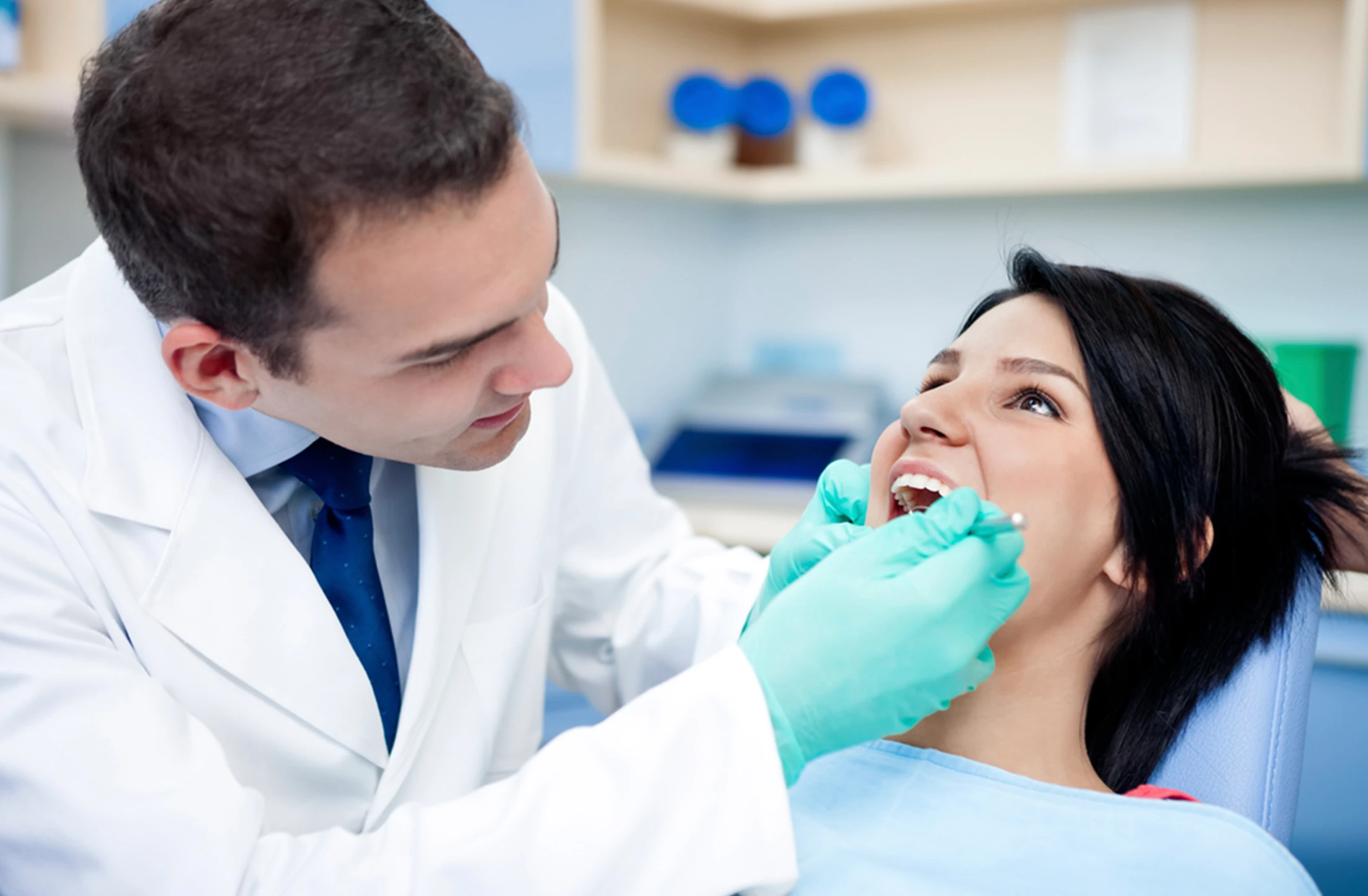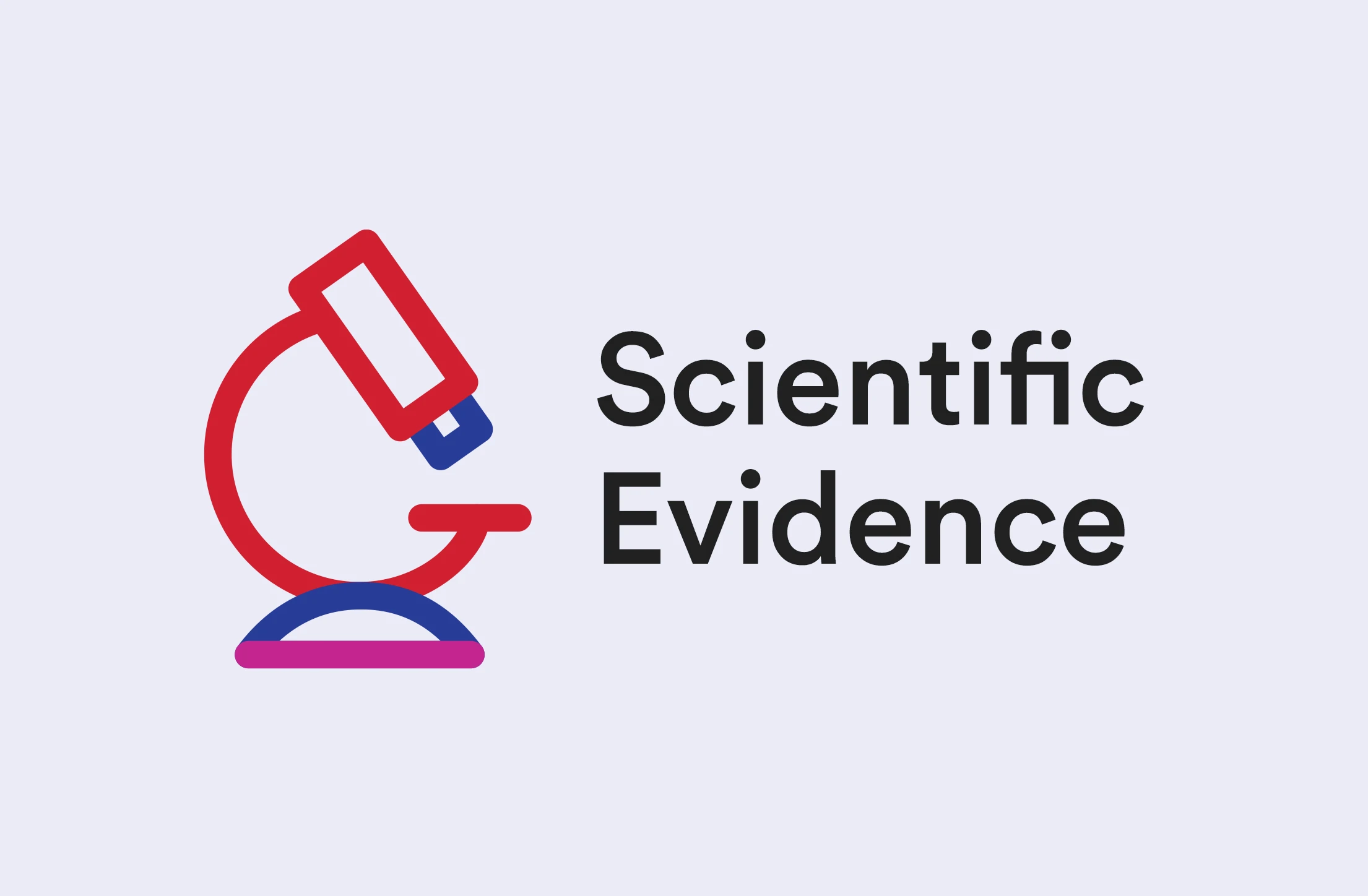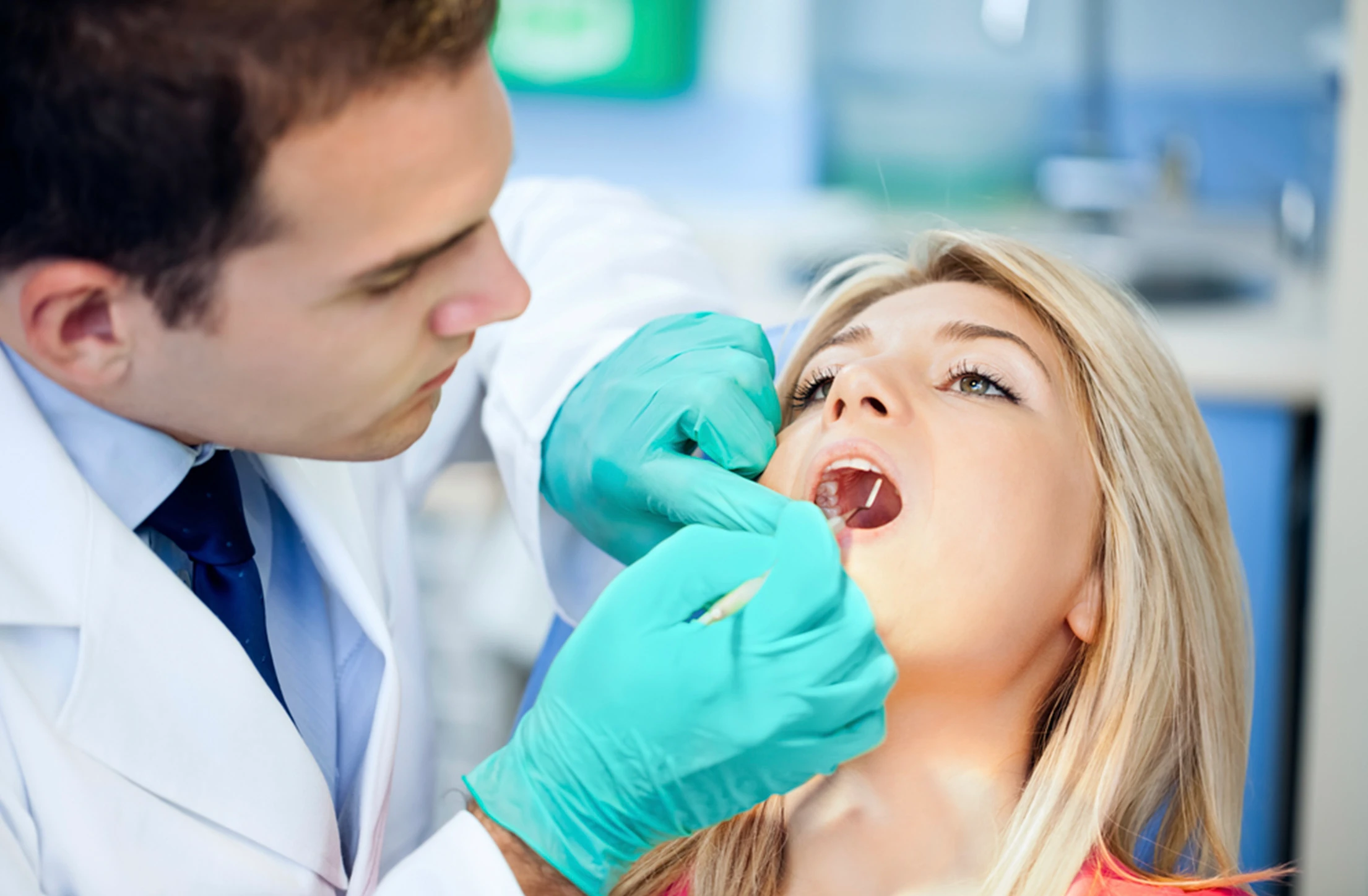Biofilms are sticky, mat-like microbial communities found throughout nature, with over 700 oral microbial species contributing to dental plaque biofilm.
Biofilm contains organisms that cooperate with each other to adapt to changes in their environment, such as shifts in pH and mechanical stress of motion.
Upon formation, biofilm rapidly grows over the span of a few hours:

Biofilm can form on any surface exposed to bacteria and water. In medicine, it can easily form on medical implants and stents, and also on dental unit water lines and reservoirs of the mouth and teeth.


Modified Gingival Index
Accumulation of dental plaque biofilm often leads to gingivitis
Plaque pathogenicity increases as biofilm matures
Induces inflammatory response in tissues
Oral biofilms may play a role in diseases beyond that of oral health, including cardiovascular disease, respiratory conditions, and diabetes.
How can oral biofilms be controlled?
Plaque biofilm can be managed (pathogenicity lessened) through effective, ADA-recommended oral hygiene measures:
Tooth brushing 2x per day with an ADA-accepted fluoride toothpaste
Clean between teeth with an ADA-accepted floss or interdental cleaner
Eat a balanced diet and limit between-meal snacks
Visit a dental professional regularly for professional cleanings and examination
It is important to remember that plaque biofilm cannot be completely eliminated. Thorough mechanical plaque control maybe difficult to achieve due to several reasons such as improper brushing techniques, hampering of mechanical efforts due to implants or crowns, limited patient dexterity and compliance. Brushing and flossing may disrupt biofilm but does not kill biofilm bacteria, allowing it to recolonize on dental surfaces
The latest oral hygiene guidelines of the American Dental Association stress the benefits of using oral care products that deliver antibacterial protection to reduce the development of plaque and gingivitis. When used as directed in conjunction with brushing and flossing, ADA-accepted antimicrobial mouthrinses help reduce and prevent plaque and gingivitis.


